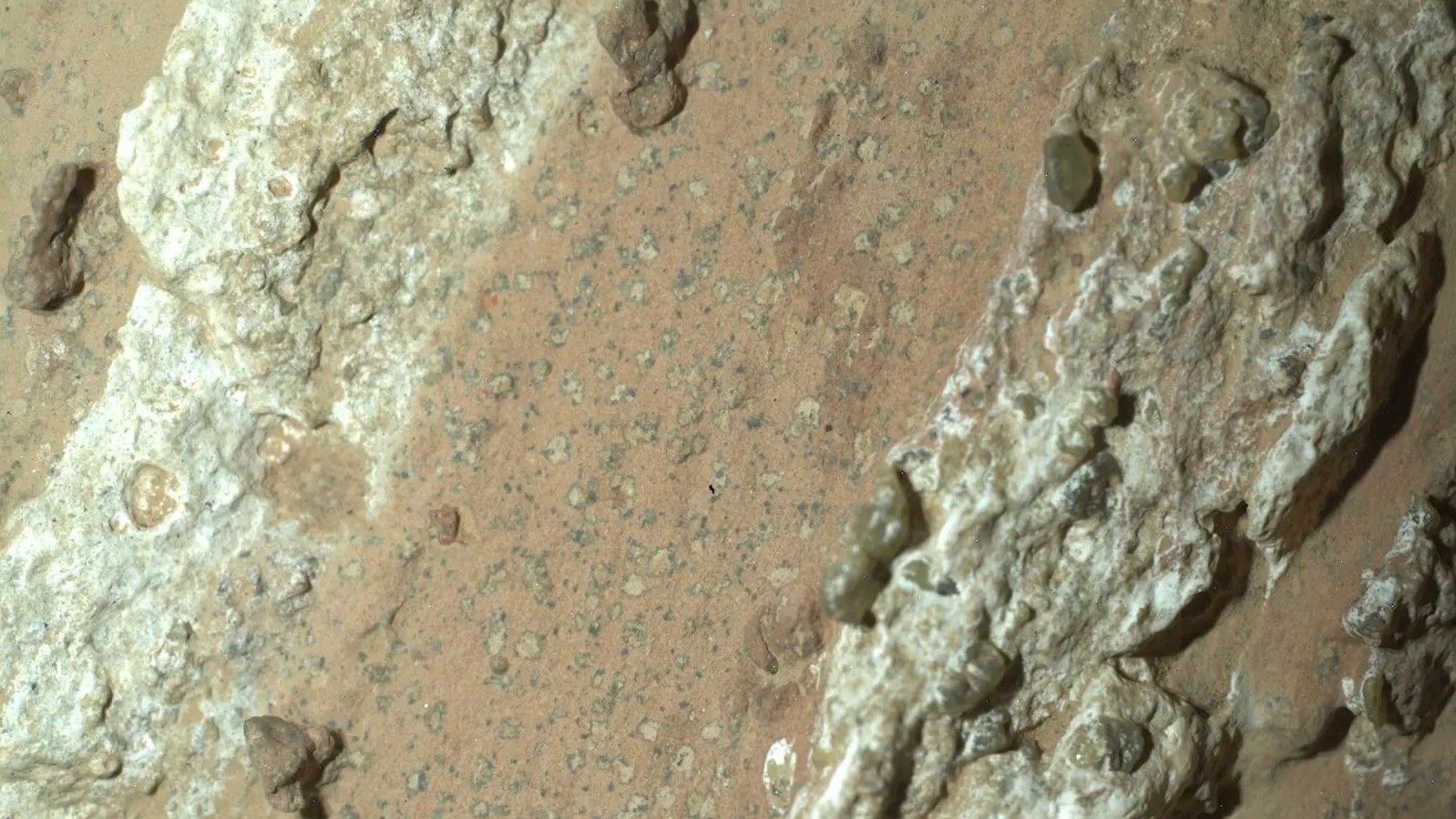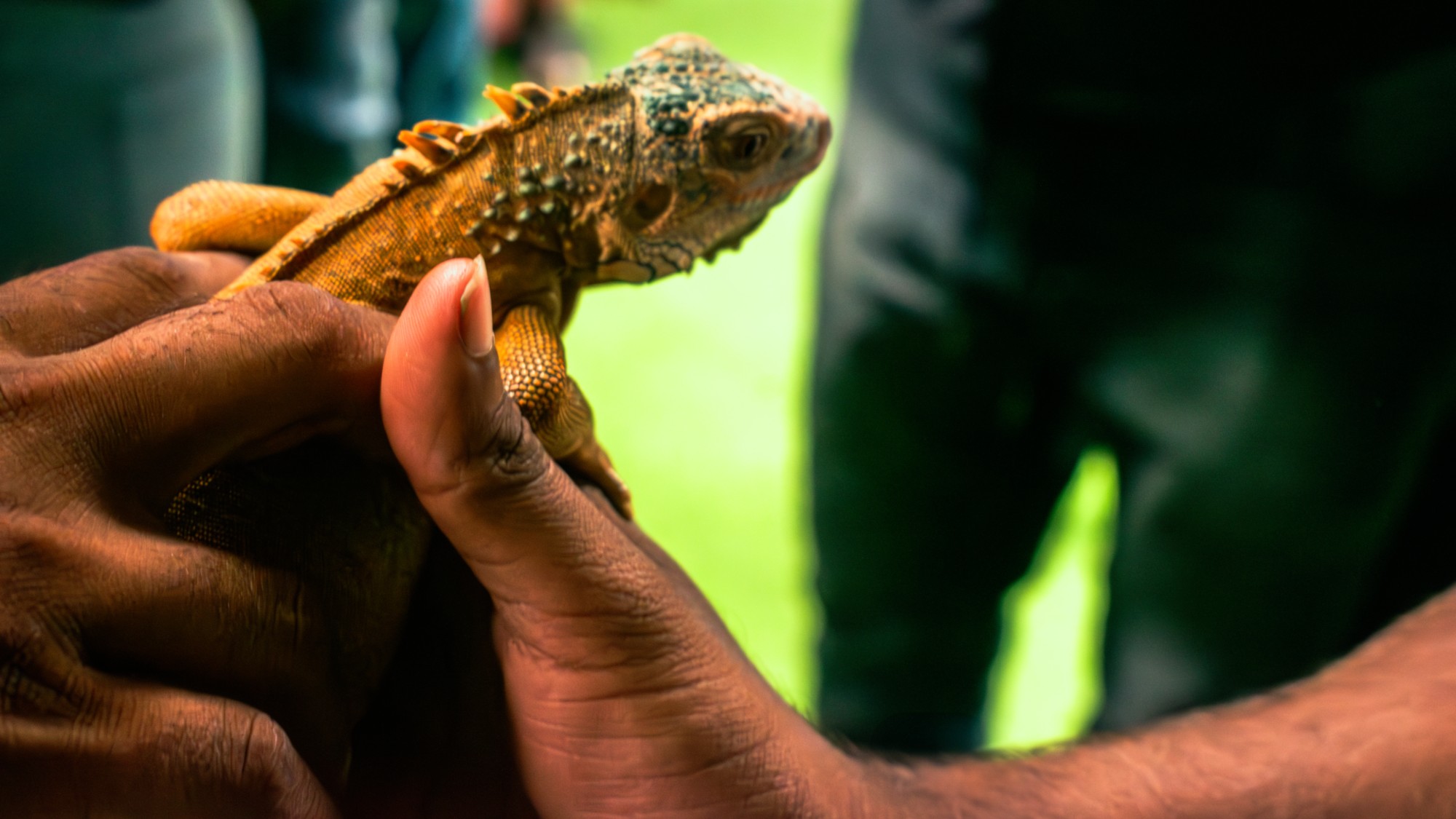Scientists discover cause of massive sea star die-off
A bacteria related to cholera has been found responsible for the deaths of more than 5 billion sea stars


What happened
Researchers said Monday that a bacteria related to cholera was responsible for the deaths of more than 5 billion sea stars off the Pacific Coast of North America since 2013. The discovery, reported in the journal Nature Ecology and Evolution, appears to solve a mystery that baffled marine biologists for more than a decade.
Who said what
Entire sea star colonies fell victim to the wasting disease, which starts with "writhing arms" falling off the starfish before skin lesions form and "internal organs ooze out from the inside," leaving "nothing more than a puddle of goo," The Washington Post said. "It’s really quite gruesome," said study co-author Alyssa Gehman, a marine disease ecologist at the Hakai Institute in British Columbia, to The Associated Press.
The disease devastated more than 20 species of sea stars, but the scientists focused their research on the worst-hit, the sunflower sea star, whose numbers have plummeted by more than 90%. They determined the culprit was the Vibrio pectenicida bacteria after four years of experiments. An earlier study had attributed the epidemic to a virus, one of "many false leads and twists and turns" in the quest to isolate the pathogen, the AP said.
What next?
"Now that scientists know the cause," the AP said, they have a "better shot" at successful intervention. The "ultimate goal," said the Post, is to "breed a galaxy of disease-resistant starfish and restore the ecosystems in which they live," primarily through the sea stars eating the kelp-destroying sea urchins that thrived in their absence.
The Week
Escape your echo chamber. Get the facts behind the news, plus analysis from multiple perspectives.

Sign up for The Week's Free Newsletters
From our morning news briefing to a weekly Good News Newsletter, get the best of The Week delivered directly to your inbox.
From our morning news briefing to a weekly Good News Newsletter, get the best of The Week delivered directly to your inbox.
A free daily email with the biggest news stories of the day – and the best features from TheWeek.com
Peter has worked as a news and culture writer and editor at The Week since the site's launch in 2008. He covers politics, world affairs, religion and cultural currents. His journalism career began as a copy editor at a financial newswire and has included editorial positions at The New York Times Magazine, Facts on File, and Oregon State University.
-
 Blue Origin launches Mars probes in NASA debut
Blue Origin launches Mars probes in NASA debutSpeed Read The New Glenn rocket is carrying small twin spacecraft toward Mars as part of NASA’s Escapade mission
-
 ‘The Big Crunch’: why science is divided over the future of the universe
‘The Big Crunch’: why science is divided over the future of the universeThe Explainer New study upends the prevailing theory about dark matter and says it is weakening
-
 Dinosaurs were thriving before asteroid, study finds
Dinosaurs were thriving before asteroid, study findsSpeed Read The dinosaurs would not have gone extinct if not for the asteroid
-
 The moon is rusting
The moon is rustingUnder the radar The Earth is likely to blame
-
 Africa could become the next frontier for space programs
Africa could become the next frontier for space programsThe Explainer China and the US are both working on space applications for Africa
-
 NASA reveals ‘clearest sign of life’ on Mars yet
NASA reveals ‘clearest sign of life’ on Mars yetSpeed Read The evidence came in the form of a rock sample collected on the planet
-
 Parthenogenesis: the miracle of 'virgin births' in the animal kingdom
Parthenogenesis: the miracle of 'virgin births' in the animal kingdomThe Explainer Asexual reproduction, in which females reproduce without males by cloning themselves, has been documented in multiple species
-
 SpaceX breaks Starship losing streak in 10th test
SpaceX breaks Starship losing streak in 10th testspeed read The Starship rocket's test flight was largely successful, deploying eight dummy satellites during its hour in space


